If You Could Live in Zone 9-10, What Would You Grow?
butterfly15_ca
18 years ago
Featured Answer
Sort by:Oldest
Comments (51)
User
18 years agonorthtexasgirl
18 years agoRelated Professionals
Foothill Ranch Landscape Architects & Landscape Designers · Oconomowoc Landscape Architects & Landscape Designers · Southfield Landscape Architects & Landscape Designers · Annandale Landscape Contractors · Bainbridge Island Landscape Contractors · Berwyn Landscape Contractors · Bloomington Landscape Contractors · Cupertino Landscape Contractors · Fort Wayne Landscape Contractors · Hilton Head Island Landscape Contractors · Hoover Landscape Contractors · Sammamish Landscape Contractors · Stony Brook Landscape Contractors · Yuba City Landscape Contractors · Cheshire Gardeners & Lawn Carekayjones
18 years agosiegel2
18 years agocatkim
18 years agomistiaggie
18 years agoLas_Palmas_Norte
18 years agogcmastiffs
18 years agoUser
18 years agosonotaps
18 years agoUser
18 years agosonotaps
18 years agoUser
18 years agosonotaps
18 years agogardenalive
18 years agomeilie
18 years agojshine
18 years agosocal23
17 years agosonotaps
17 years agonbutler5
17 years agoshawn_2006
17 years agoLars
17 years agoskaz421
17 years agoontherun47
6 years agosteiconi
6 years agolast modified: 6 years agoFlorida_Joe's_Z10a
6 years agolast modified: 6 years agopetrushka (7b)
6 years agolast modified: 6 years agostanofh 10a Hayward,Ca S.F. bay area
6 years agoFlorida_Joe's_Z10a
6 years agoUser
6 years agopetrushka (7b)
6 years agostanofh 10a Hayward,Ca S.F. bay area
6 years agodchall_san_antonio
6 years agosultry_jasmine_nights (Florida-9a-ish)
6 years agolast modified: 6 years agopetrushka (7b)
6 years agoFlorida_Joe's_Z10a
6 years agotropicbreezent
6 years agolast modified: 6 years agoFlorida_Joe's_Z10a
6 years agolast modified: 6 years agopetrushka (7b)
6 years agoFlorida_Joe's_Z10a
6 years agolast modified: 6 years agotropicbreezent
6 years agoFlorida_Joe's_Z10a
6 years agopetrushka (7b)
6 years agostanofh 10a Hayward,Ca S.F. bay area
6 years agopetrushka (7b)
6 years agolast modified: 6 years agoFlorida_Joe's_Z10a
6 years agolast modified: 6 years agostanofh 10a Hayward,Ca S.F. bay area
6 years agolast modified: 6 years agopetrushka (7b)
6 years agolast modified: 6 years agoFlorida_Joe's_Z10a
6 years ago
Related Stories
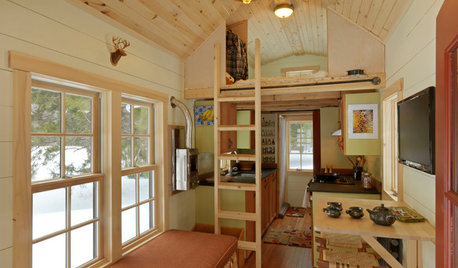
SMALL SPACESCould You Live in a Tiny House?
Here are 10 things to consider if you’re thinking of downsizing — way down
Full Story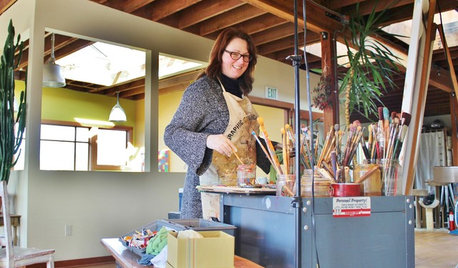
STUDIOS AND WORKSHOPS10 Creative Live-Work Spaces
Get inspired to ditch the commute or just have a dedicated zone for making whatever floats your boat
Full Story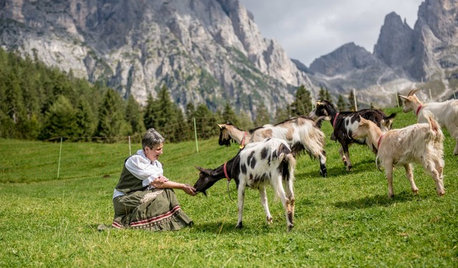
FARMHOUSESWorld of Design: See How 9 Families Live and Farm on Their Land
Join us as we visit the homes and farms of passionate food producers and hear about rural life around the globe
Full Story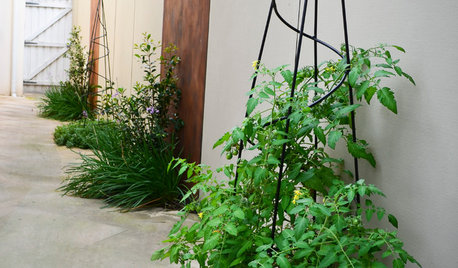
GARDENING GUIDES10 Unexpected Spots for Growing Fruits, Veggies and Herbs at Home
Look beyond the kitchen garden or backyard raised bed for growing your favorite edible plants
Full Story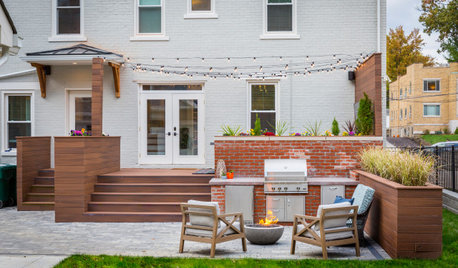
OUTDOOR ACCESSORIES10 Outdoor Living Essentials to Get Ready for Summer
Comfy patio furniture, portable shade and a grill can extend your living space into your yard
Full Story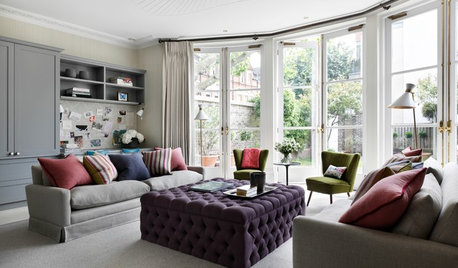
DECORATING GUIDES10 Ideas for a Lighter, Brighter Living Room
Give your space a boost all year round by making the most of every bit of daylight
Full Story
COLOR9 Decorating Ideas for White Living Rooms
These inspiring living rooms show how good an (almost) all-white room can look
Full Story
EDIBLE GARDENSHow to Grow 10 Favorite Fruit Trees at Home
Plant a mini orchard in fall, winter or early spring to enjoy fresh-off-the-tree fruit the following year
Full Story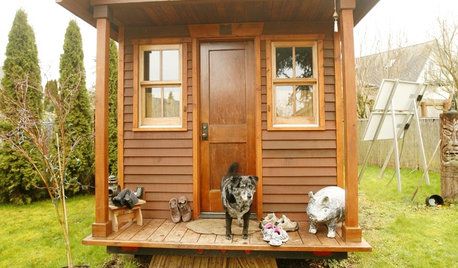
SMALL SPACESLife Lessons From 10 Years of Living in 84 Square Feet
Dee Williams was looking for a richer life. She found it by moving into a very tiny house
Full Story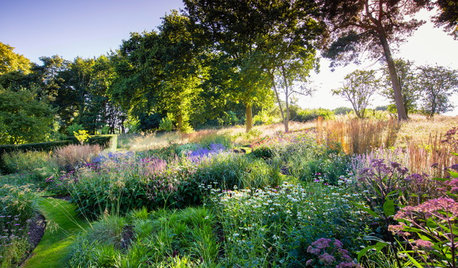
GARDENING GUIDESGot Allergies? 9 Plants to Avoid and What to Grow Instead
Having allergies doesn’t need to mean giving up your garden. Here are some options that will let you garden sneeze-free
Full Story






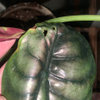
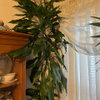
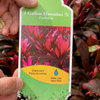

petrushka (7b)